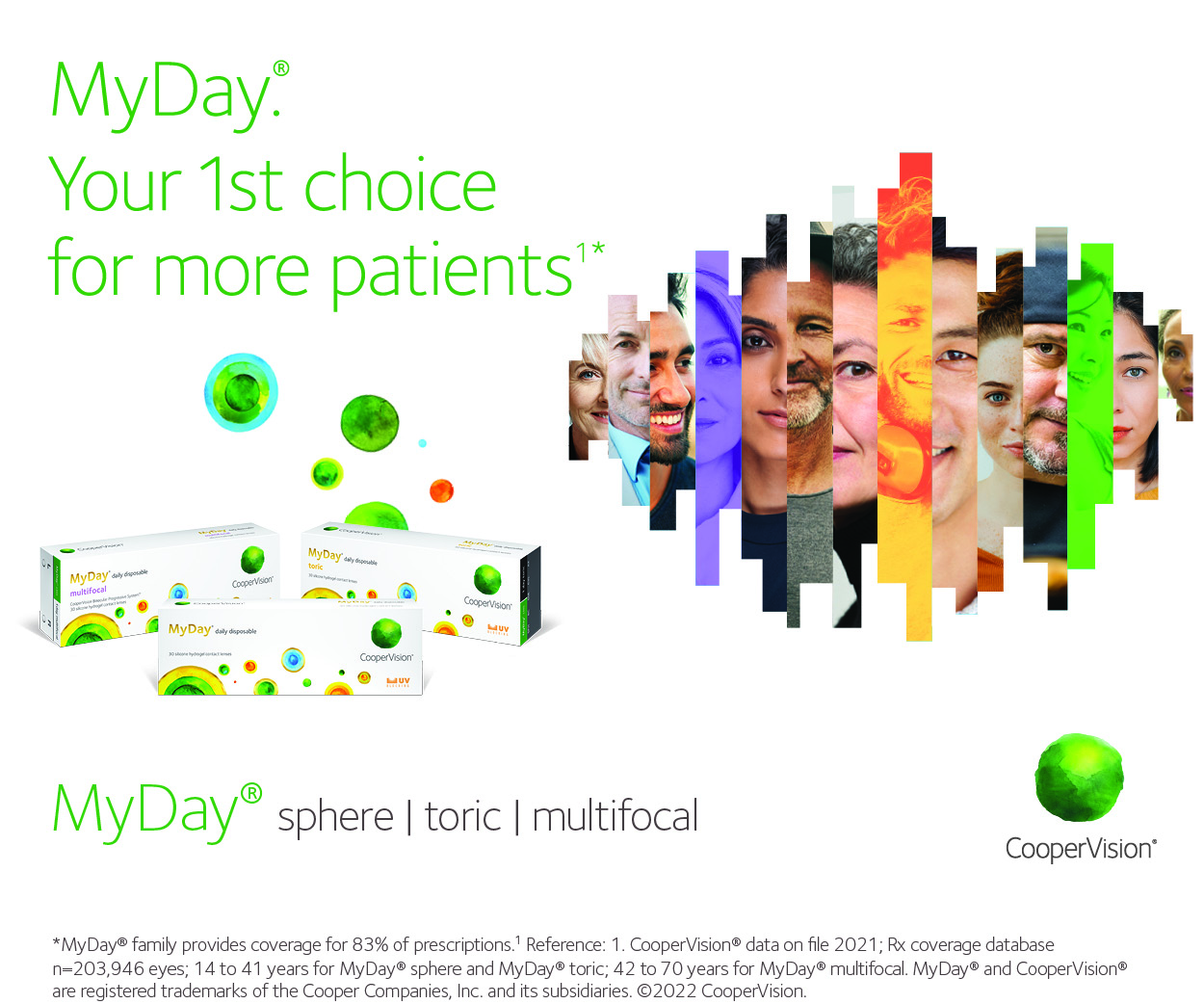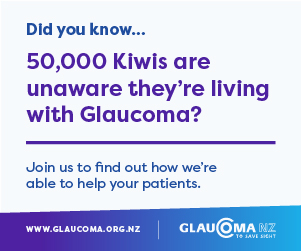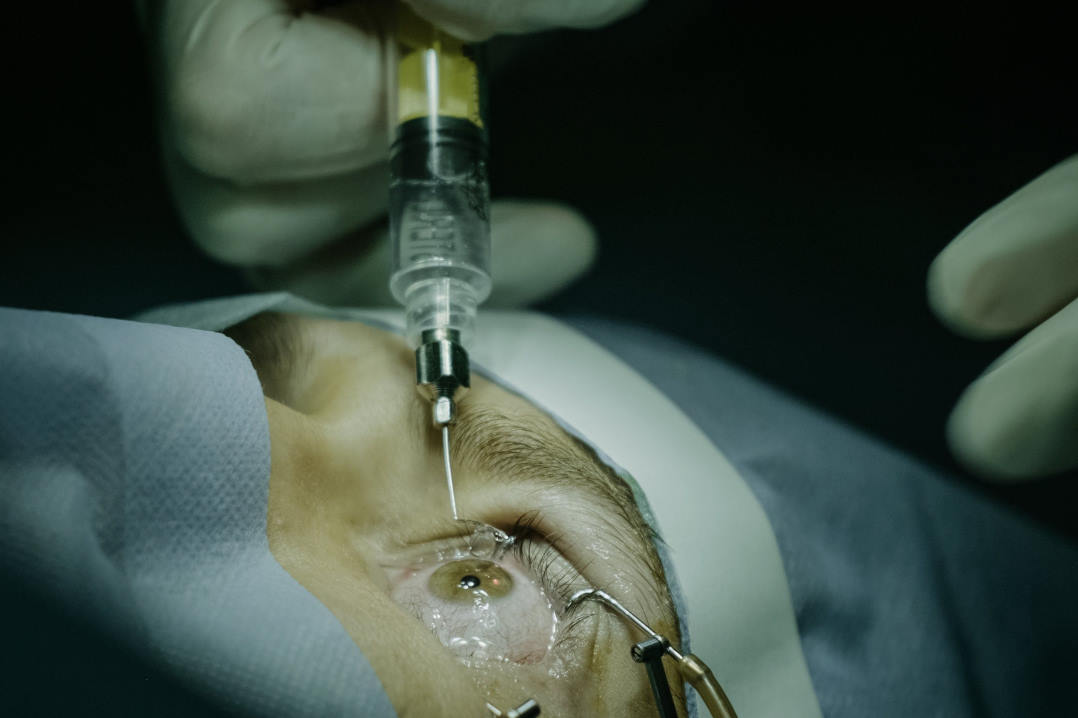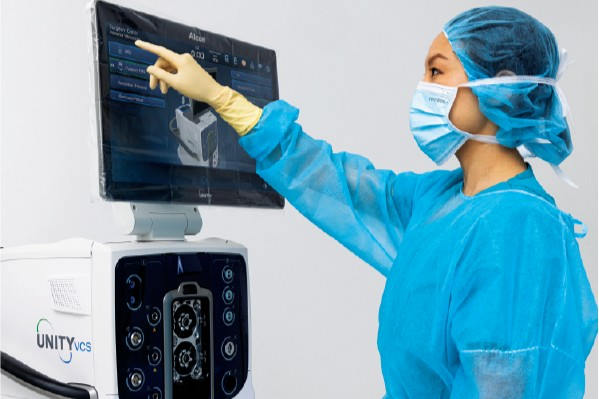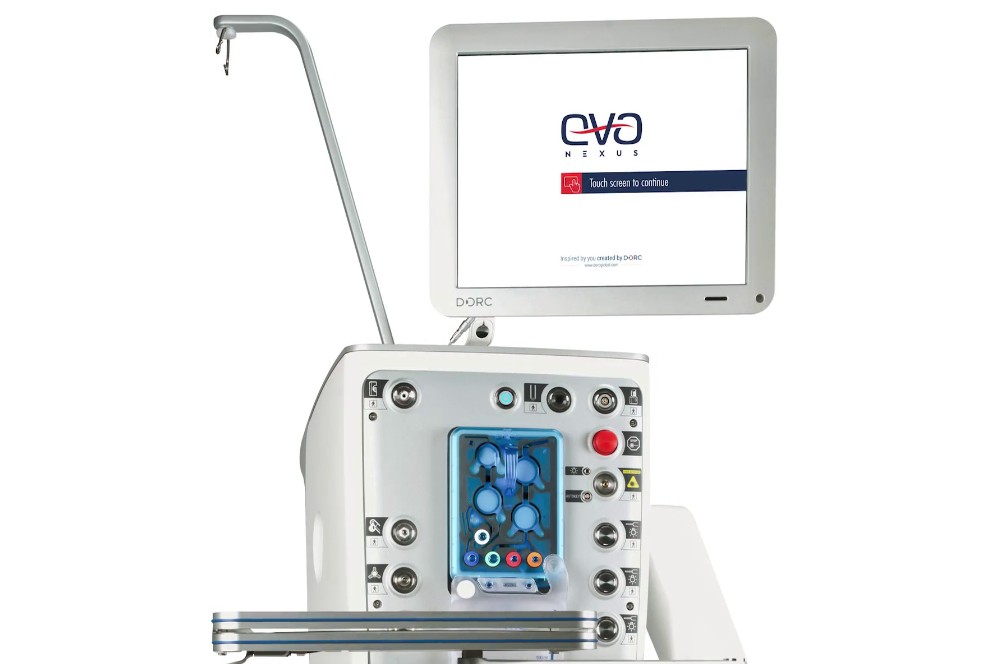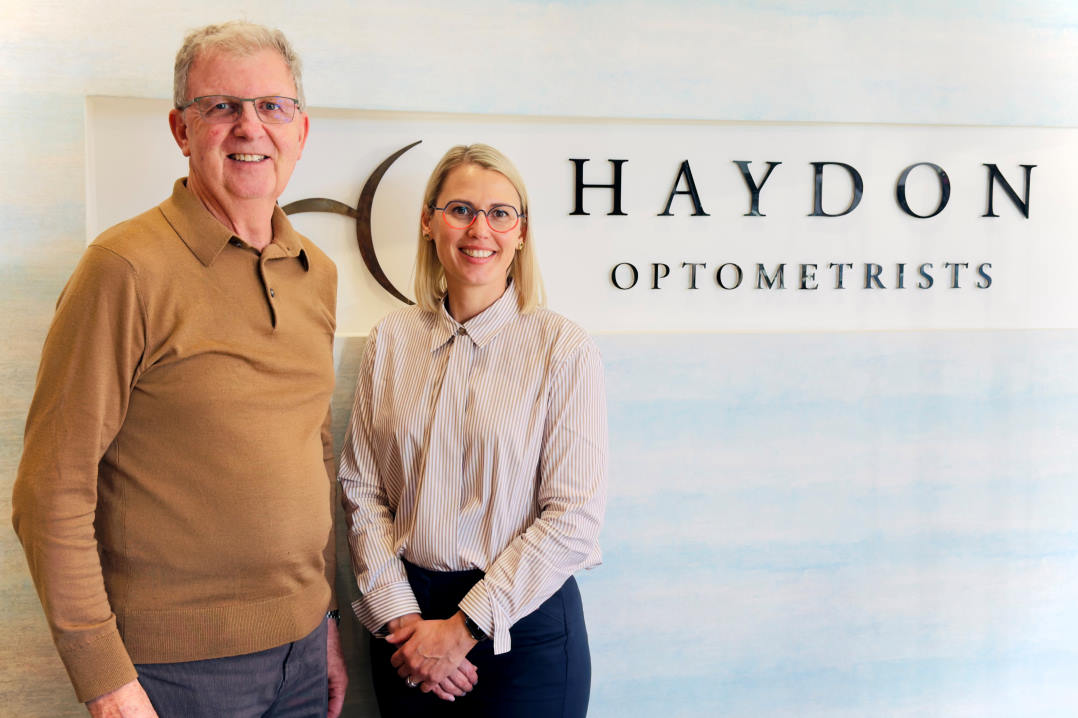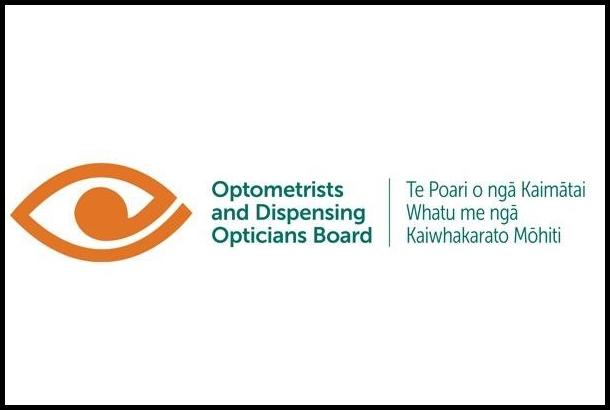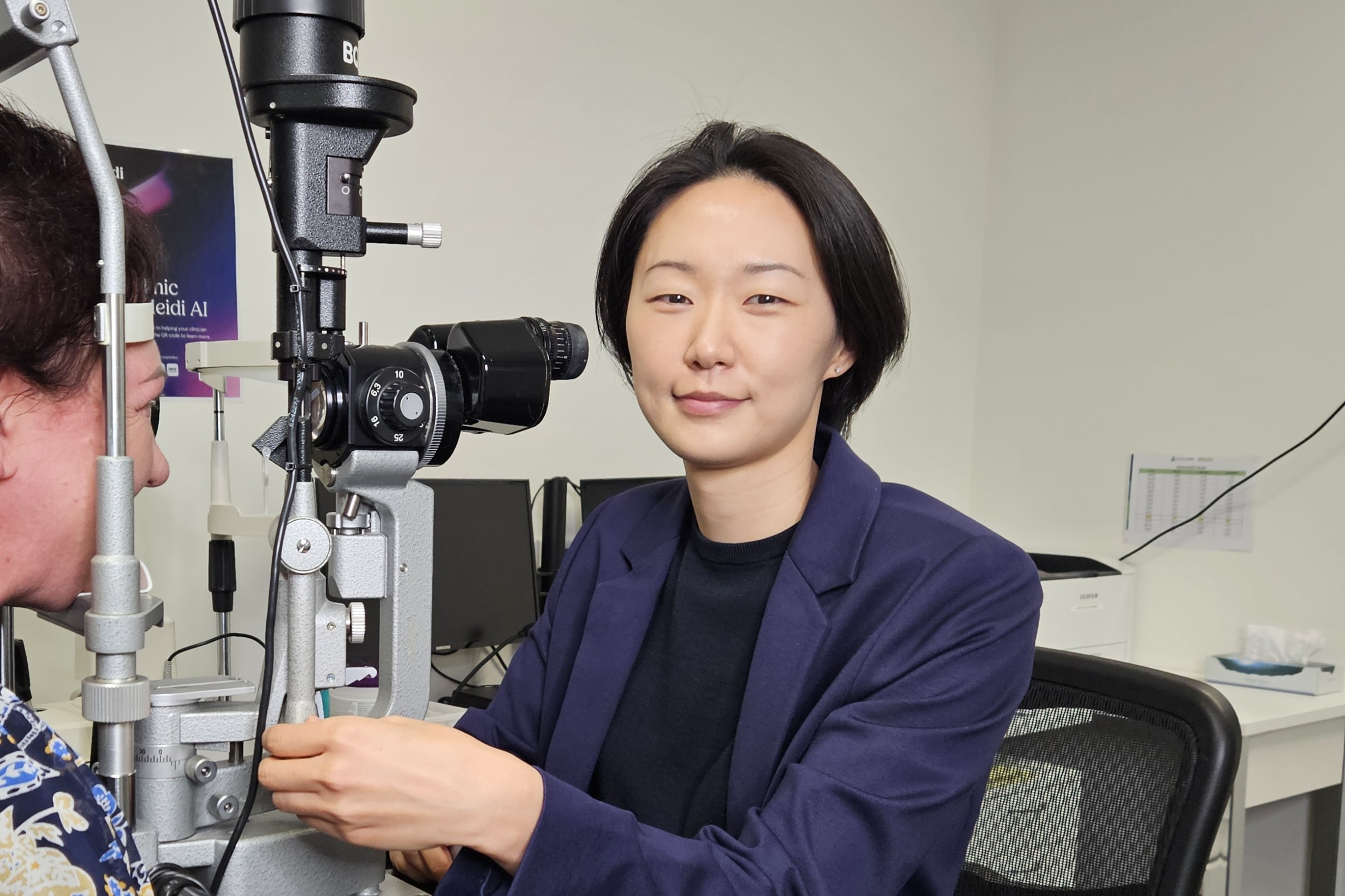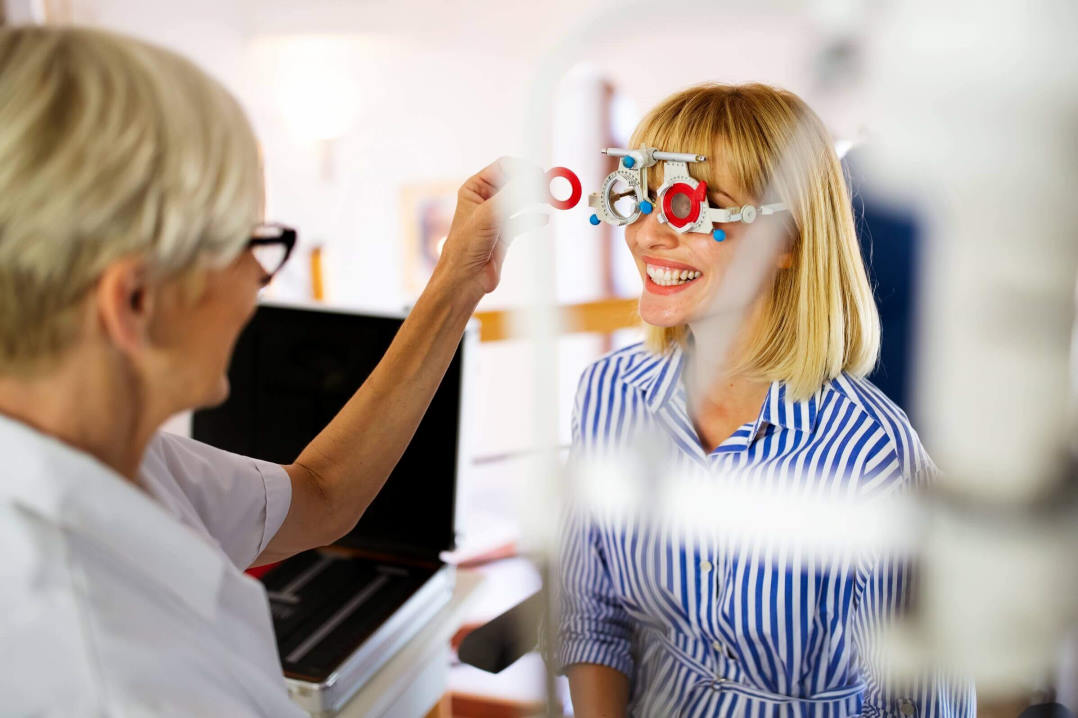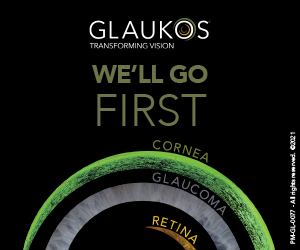Implant restores sight in AMD trial
A photovoltaic retina implant has shown “clinically meaningful improvement” in vision for people with geographic atrophy from AMD, according to results published in the New England Journal of Medicine.
Developed by California-based medtech firm Science Corporation, the Prima implant system pairs a subretinal micro-photovoltaic implant with glasses that project near-infrared light to stimulate surviving retinal cells. The 2mm x 2mm chip was inserted beneath the retina via vitrectomy, then, after healing, using augmented-reality glasses, AI processing and rehabilitation, study patients learned to interpret the artificial signals and read again, reported researchers.
After 12 months, of the 38 patients who had the device implanted, 26 of 32 assessed (81%) achieved at least a 0.2 logMAR gain and most early adverse events resolved within two months. “In the history of artificial vision, this represents a new era,” said Associate Professor Mahi Muqit from UCL’s Institute of Ophthalmology, a senior vitreoretinal consultant at Moorfields Eye Hospital who led the UK arm of the trial. “Blind patients are actually able to have meaningful central vision restoration, which has never been done before.”





